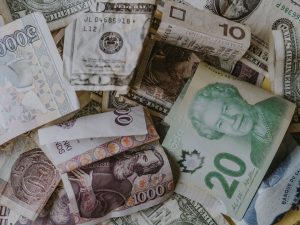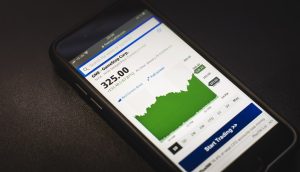Forex is a decentralized market where currencies are traded. It is the largest financial market in the world and it operates 24 hours a day, five days a week. The foreign exchange market is characterized by high volatility and liquidity, making it an exciting place for traders to invest their money. However, trading in forex also comes with a certain amount of risks. One of the ways traders can mitigate these risks is by applying statistics to their trading strategy.
Statistics is a branch of mathematics that deals with the collection, analysis, interpretation, presentation, and organization of data. In the context of forex trading, statistics can be used to analyze historical and current market data to identify patterns, trends, and probabilities that can help traders make better-informed decisions.
Here are some ways traders can apply statistics to their forex trading strategy:
1. Technical analysis
Technical analysis is a popular approach to trading in forex that involves analyzing charts and other market data to identify patterns and trends. Traders can use various statistical tools to perform technical analysis and make predictions about future price movements. For example, traders can use moving averages to identify the trend of a currency pair, or they can use Bollinger bands to identify potential support and resistance levels.
2. Probability analysis
Probability analysis involves analyzing historical market data to identify patterns and probabilities that can help traders predict future price movements. For example, traders can use statistical methods such as regression analysis or Monte Carlo simulation to analyze historical data and identify trends and patterns that can help them make better-informed decisions.
3. Risk management
Risk management is an important aspect of forex trading, and statistical analysis can play a crucial role in managing risks. Traders can use statistical tools to determine the potential risks associated with a particular trade, and they can also use statistical methods to determine the optimal position size, stop loss, and take profit levels for a trade.
4. Backtesting
Backtesting is the process of testing a trading strategy using historical market data to determine its effectiveness. Traders can use statistical tools to backtest their trading strategies and identify their strengths and weaknesses. By backtesting their strategies, traders can make more informed decisions about their trading strategy and improve their overall performance.
5. Sentiment analysis
Sentiment analysis involves analyzing market sentiment to identify potential market movements. Traders can use statistical methods to analyze market sentiment data and identify potential trading opportunities. For example, traders can use sentiment analysis to identify when a particular currency pair is oversold or overbought, and they can use this information to make better-informed trading decisions.
In conclusion, statistics can play a crucial role in forex trading by helping traders analyze market data, identify patterns and trends, and make better-informed decisions. Traders can use statistical tools to perform technical analysis, probability analysis, risk management, backtesting, and sentiment analysis. By incorporating statistical analysis into their trading strategy, traders can improve their overall performance and mitigate the risks associated with forex trading.





